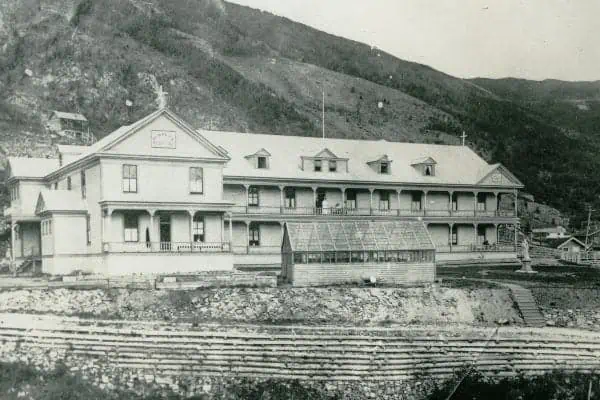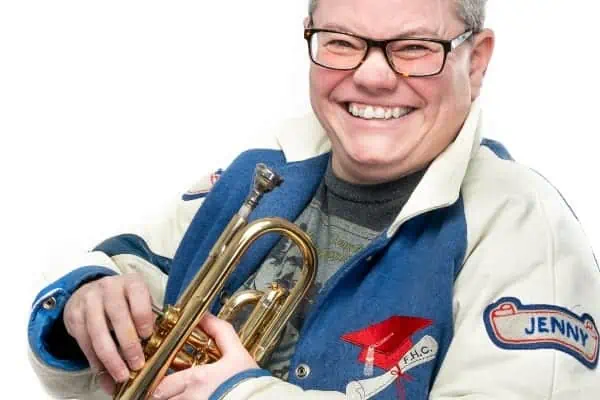In early February the sun begins to kiss the streets in Dawson City. It’s been lurking along the tops of the hills for some time, and those who live on higher ground in West Dawson or in the Dome subdivisions have continued to get a bit of direct sunlight even when there was nothing but designer-type indirect lighting for the rest of us.
In January the west bank of the Yukon River begins to light up golden for a few hours every day from mid-morning to early afternoon. I used to enjoy it from the windows of my classroom and now I see it clearly from our front windows at home.
That same sun blotch creeps down from the top of the Moosehide Slide, widening and deepening a little on each of the days when it is not obscured by ice fog or overcast skies. I can chart its progress each day when I make my trek to the post office, or drop in at theKlondike Sun office on Front Street.
By February, however, there is no doubt that the planet’s axial tilt has passed its darkest hours for those of us in the Klondike, and our vitamin D deficiency will soon be on the mend.
And that’s when Dawson goes to the dogs.
Not that there hasn’t been any action before that. The event I fondly refer to as the Fulda Follies passed through here in both directions between January 18 and 24, bringing with it some of the coldest temperatures we’ve had this winter. They hiked and snowshoed and ran and climbed Crocus Bluff and lined the streets with their black VW Touaregs and regulation red-and-black parkas.
They shopped lots and walked the streets, marvelling at and taking pictures of so many things that we who live here all take for granted.
But the real busy season comes with the beginning of the Yukon Quest, which runs through town about the middle of February each year.
This year they launched from Whitehorse on February 5 and should have turned up in Dawson City for their mandatory 36-hour layover about the time you’re reading this column. Dawson’s the halfway point of the 1,000-mile (1,600 km) race and it benefits from the attention no matter where the race starts.
What we don’t have is any kind of mass start or finish, which makes it a little hard to keep track of what’s happening unless you keep in constant touch with the checkpoint in the Visitor Information Centre.
The Robert Service School checks in from time to time and classes take little field trip excursions over the two or three days when the teams are trickling in from either Whitehorse or Fairbanks, but they don’t always get to see anyone arrive.
Seeing a team or two resume the race from the YTG campground on the far side of the river is something that can be planned. Once you know the time and day a musher arrived, you can find out when he or she has to leave and be there.
The ice bridge is in and solid now, so you can even drive.
If you want to see a neat starting line, though, wait for the Percy DeWolfe Race, which comes up in March. It’s the local race from here to Eagle, Alaska and back, and many people (including those who run the big races) say it’s a lot more fun.




